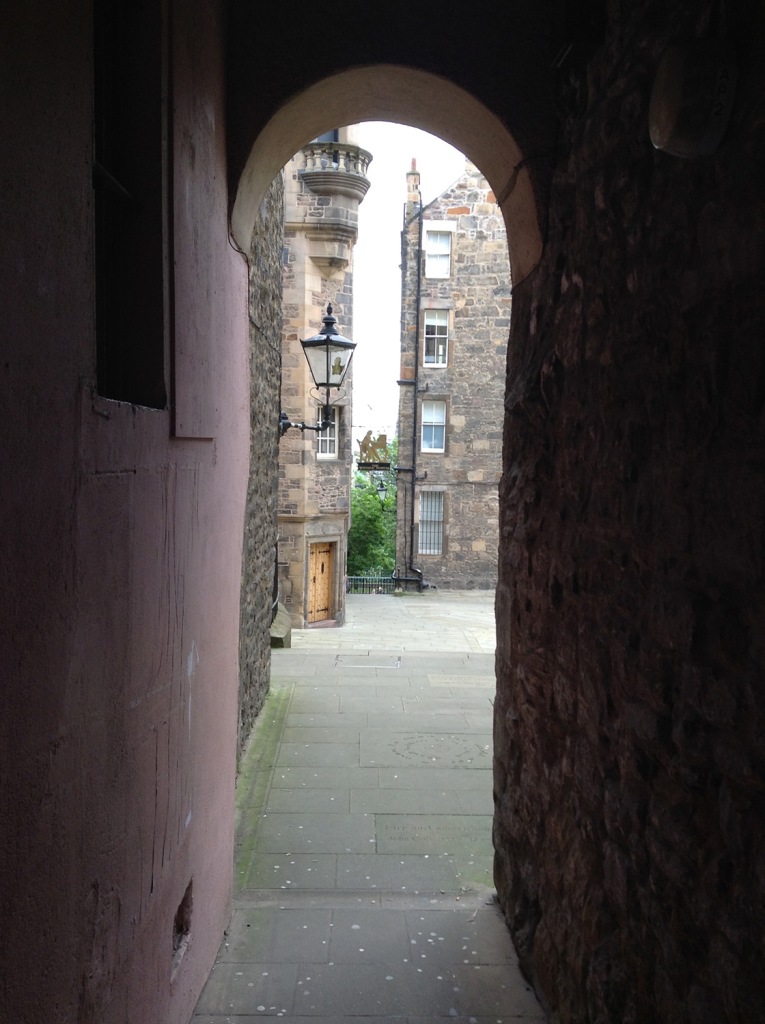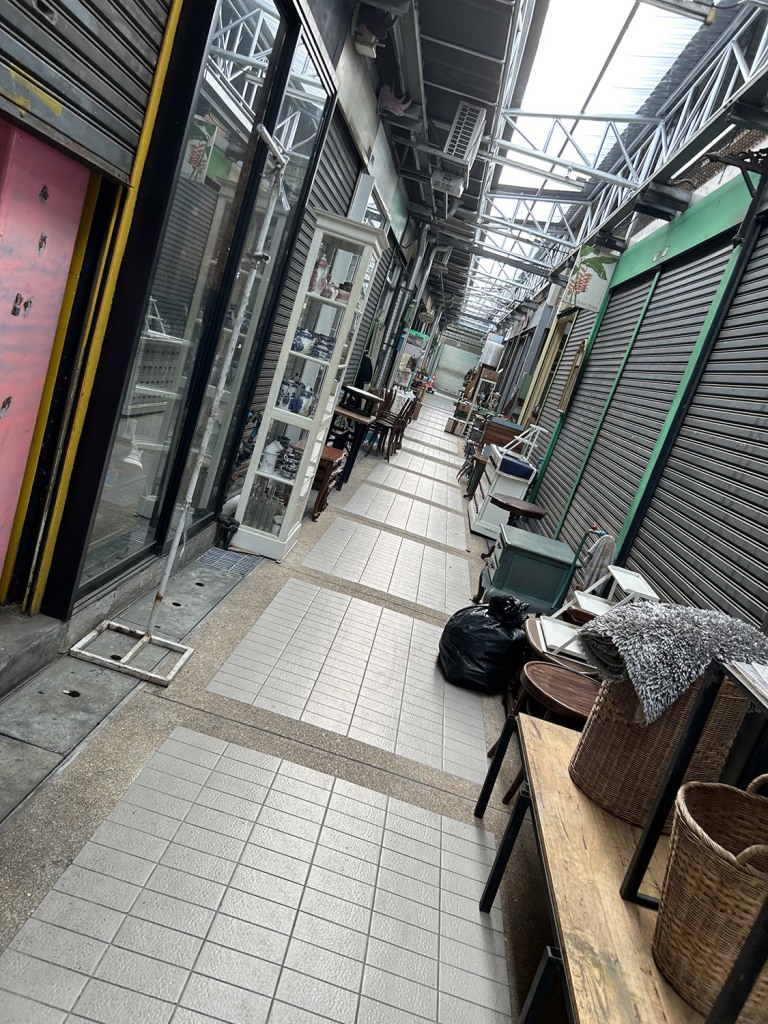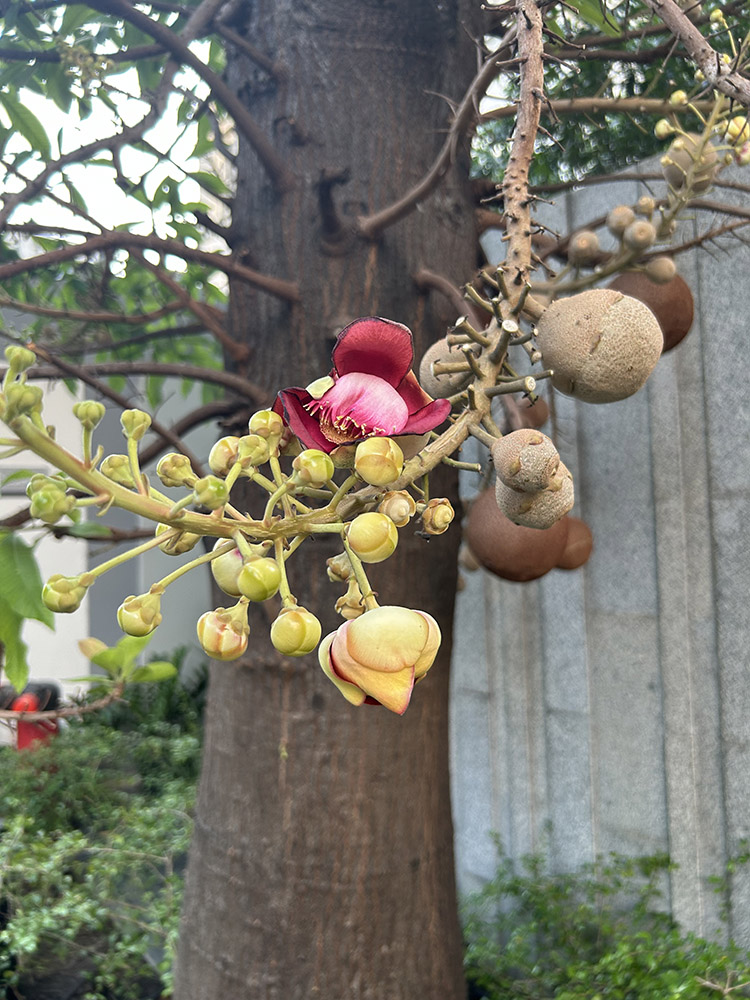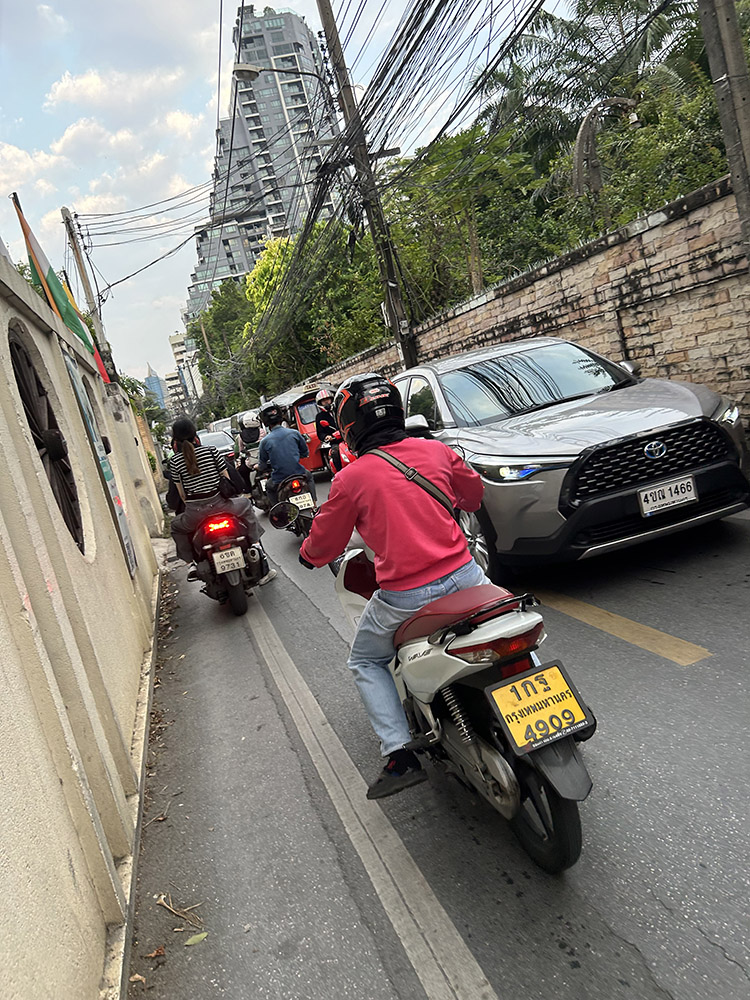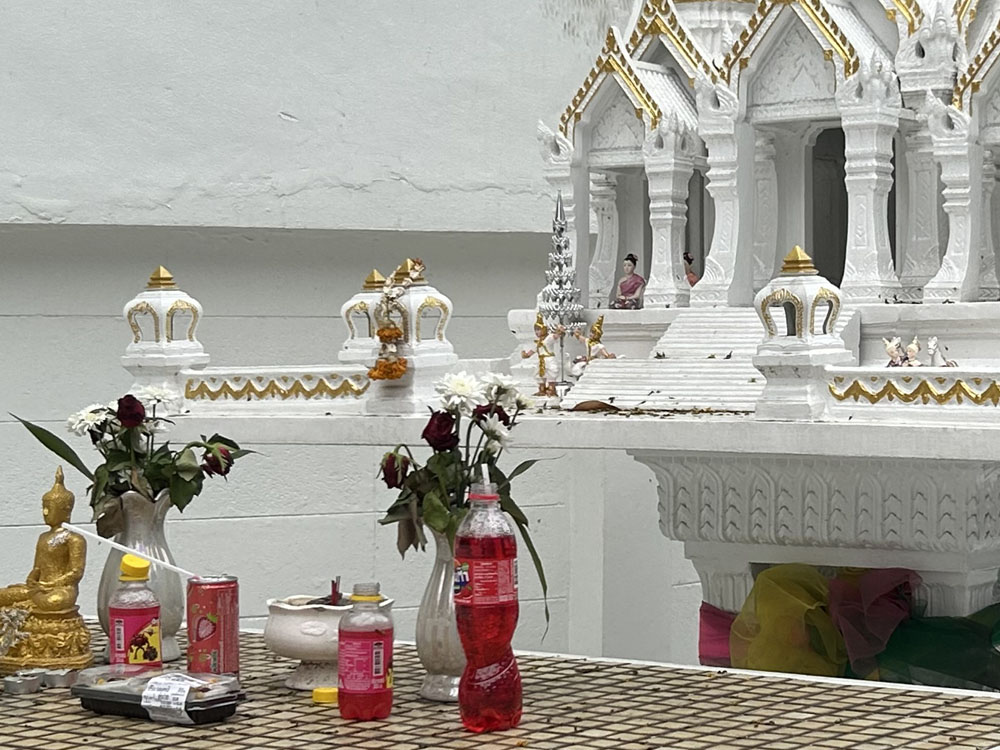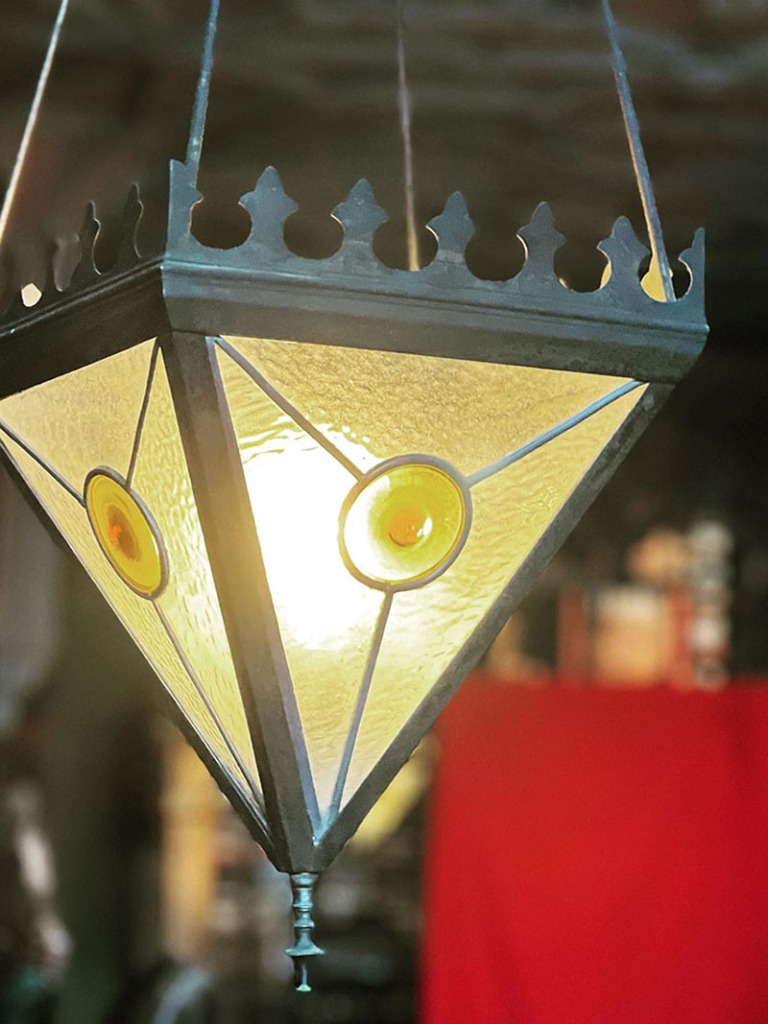
In one way, it feels like a lifetime ago that I was on my mini artistic tour of Bangkok, but I’ve still found myself reflecting on my experience with the schools there. It’s also taken me this long to review all the photos! So, here’s a photo dump!
The first school involved a complete writer/artist-in-residence package, working with the same groups of kids over multiple sessions. This allowed me to introduce a “meaty” project that involved visual brainstorming, writing, and prop-building, something that could be sustained over several sessions. It also offered teachers enough material so that they could continue working on the project after my time at the school ended.
Even though I’ve delivered many residences in the past, this is the first one since before the pandemic where I spent several consecutive days in a row at a school. So, it was an intensive creative output—not only for the students, but also for me! I found myself so energized at the end of each day that I would often head back to my hotel and write in a frenzy for an hour or so.
Each grade was given a different “theme” to work on, which not only helped with some cross-creativity in the school, but kept me energized, so that I wasn’t simply doing the same thing over and over again.
Monster Magic (for the Year 3s)
For this grade, the theme was based around the idea of a character who visits a monster pet store, buys a bet monster-in-a-bottle, then takes it home to hatch it (incorrectly!). The project involved mapping out the pet store, writing hatching instructions, building the actual pet monster-in-a-bottle, and crafting the individual scenes of the story.

Spell-binding Shopping Trip (for the Year 4s)
I invited the students to imagine a character who has been sent to a magical market to locate one specific enchanted item—and then write about it. A big part of this project was imagining the market in detail. We mapped it, imagined food shops and services and brainstormed problems a character might encounter while exploring the market, such as having to barter or survive pick-pockets. We also built miniature brooms, which could either be the items the characters were searching for, or be something that helped them along the way.
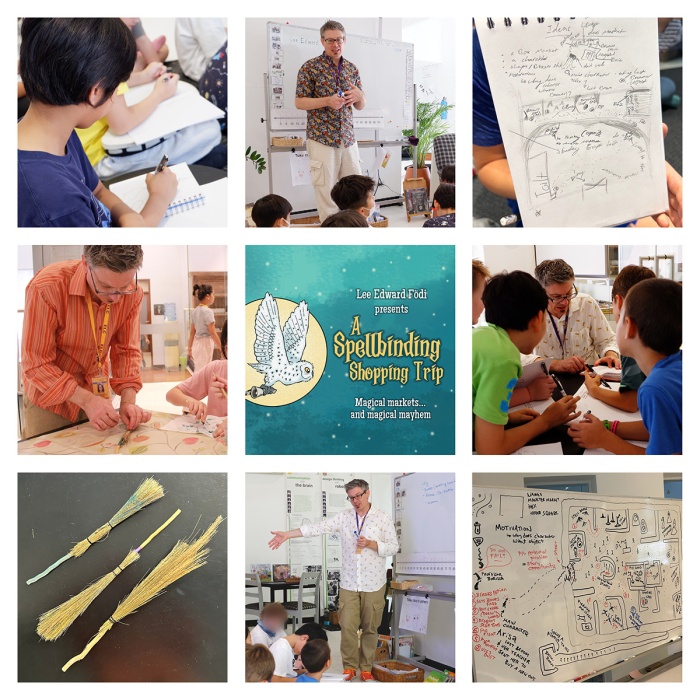
Escape from the Wizard’s Library (for the Year 5s)
For this project, we sent characters to retrieve a book from a dangerous library! We mapped out the libraries and worked on specific scenes to bring the situation to life. A fun part of this project was building the actual spell books!

How to Steal from a Dragon (for the Year 6s)
This project involved an examination of character perspective and point of view. We imagined two main characters, the first being a dragon and the second being a thief who wanted to steal a scale from that dragon. This led to many conversations about how we wanted to steer the readers’ sympathies. We wrote legends about the dragons that could be discovered to be false once the more conventional parts of the stories took shape. And, of course, we built the dragon scales!

Once I finished at the first school, I headed to a second one where I spent one session with each grade, from Kindergarten all the way to Grade 8. These were more like a conventional school visits for me. There was no time for prop-building or to review the students’ writing, but we did get to complete some fun visual brainstorming!



As part of my time at the schools, I was also able to do some parent talks, individual mentoring, and a professional development session with teachers. It seemed there was never a dull moment and I’m particularly thankful to all the arrangements made by my hosts. Each residency comes with a unique set of challenges, but dealing with jet lag and a new locale are ones I don’t always have to deal with!
I’m now embarking on another residency at a school closer to home, here in Vancouver. The fun continues (though the food won’t be as good, since I won’t have access to all of that fresh fruit like I did in Bangkok)!





